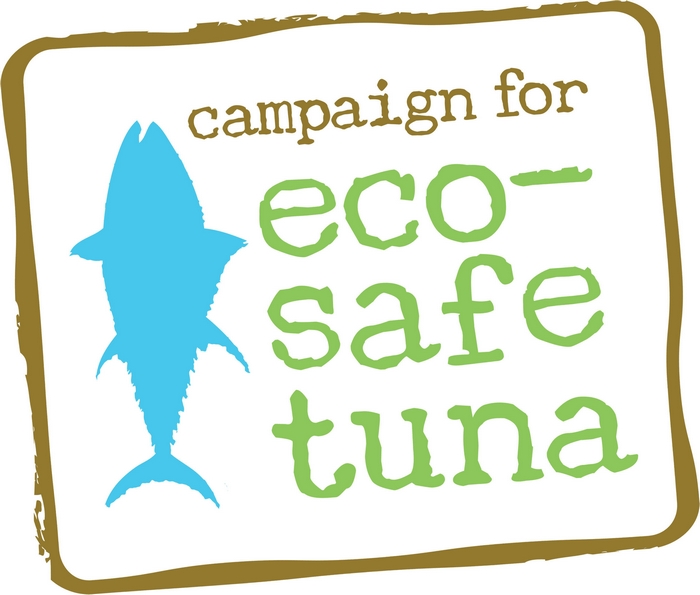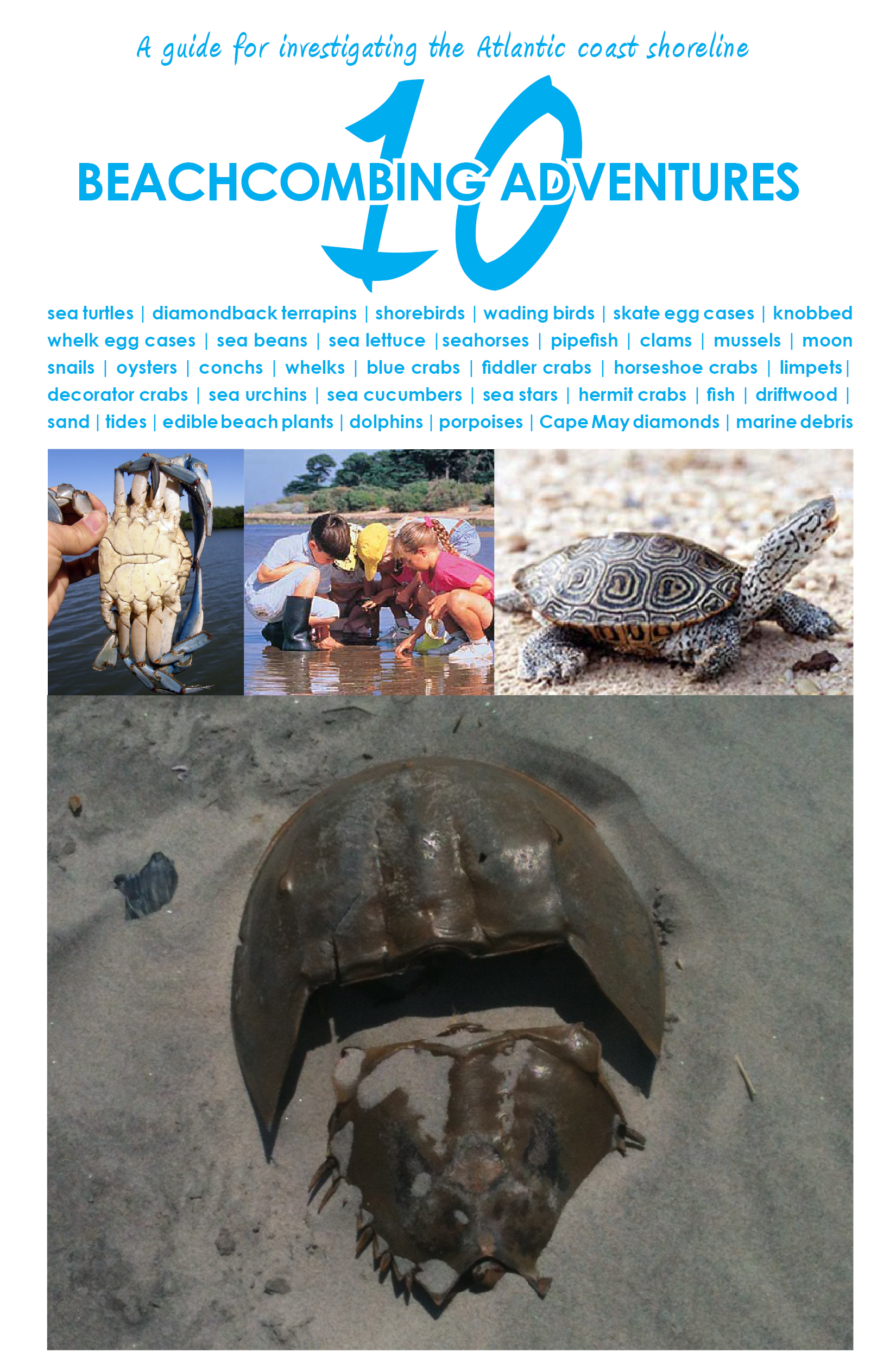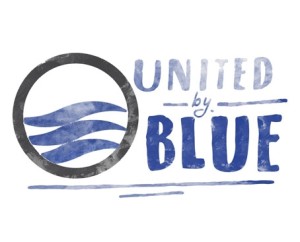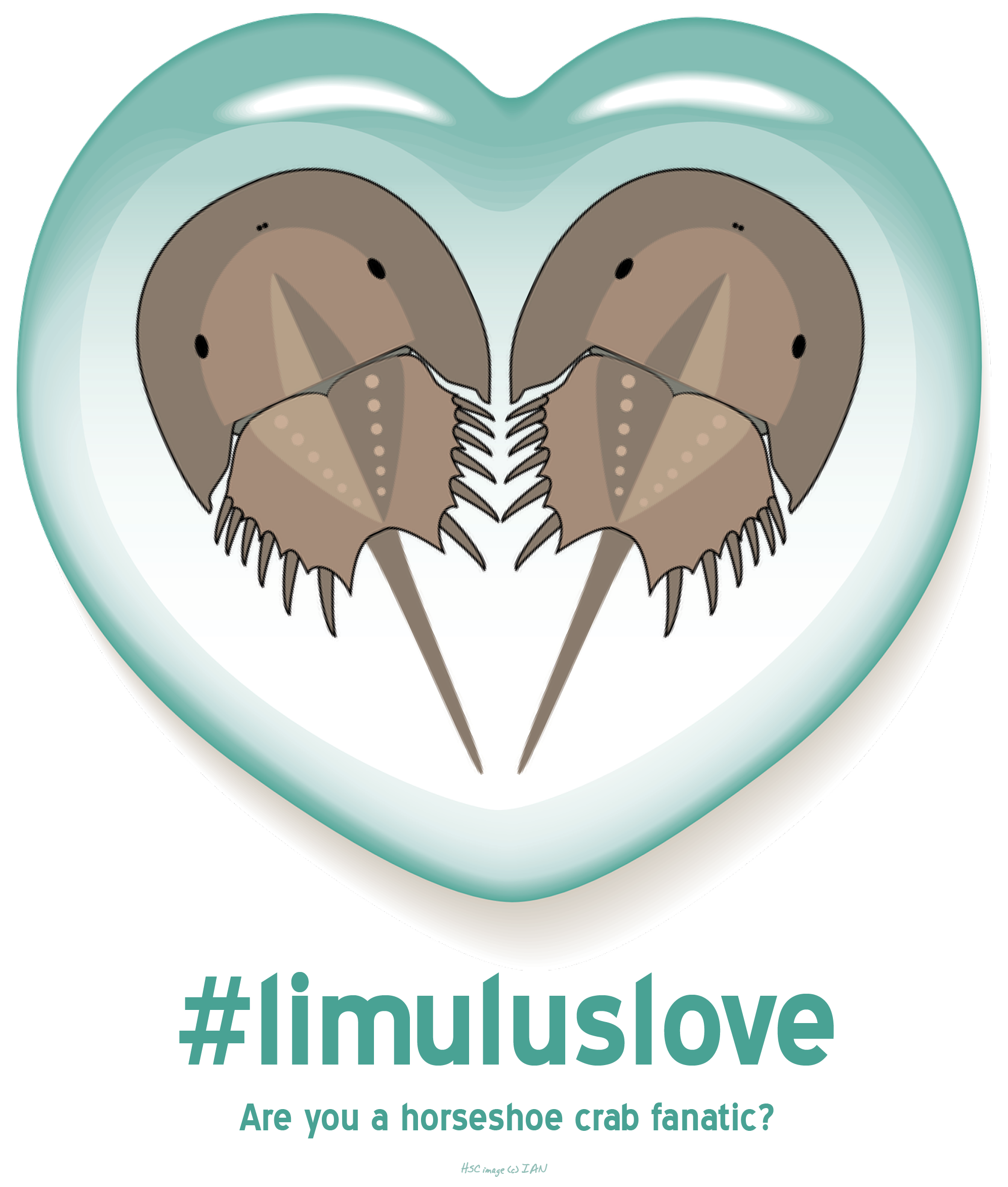Oh no! It is that moment when I am finally relaxed and settled into my chair at the edge of the water and I look up from my book to see a plastic wrapper whizzing into the sea. I take a look around and do not see anyone running to grab it so I get up and run for the trash. Now don’t get me wrong, I understand that trash falls out of our hands from time to time. That is why I am one of those people that tend to make the extra effort to do the right thing and pick up after someone else, I hope someone would do the same for me. Basically,  I have an active imagination. I see the future of this plastic bag as having a relaxing trip to the open sea where it floats on the bright and sunny surface only to be mistaken for a nutritious and delicious jelly by a leatherback sea turtle. Only it gets lodged in the turtle’s throat. It turns out to potentially suffocate the animal and may lead to his eventual death. Yes, that is where my imagination takes me … Unfortunately it is all too much a reality. Watch this clip of an Ecuadorean team of scientists trying to save this green sea turtle who was too weak to survive since his gut was full of plastic.
I have an active imagination. I see the future of this plastic bag as having a relaxing trip to the open sea where it floats on the bright and sunny surface only to be mistaken for a nutritious and delicious jelly by a leatherback sea turtle. Only it gets lodged in the turtle’s throat. It turns out to potentially suffocate the animal and may lead to his eventual death. Yes, that is where my imagination takes me … Unfortunately it is all too much a reality. Watch this clip of an Ecuadorean team of scientists trying to save this green sea turtle who was too weak to survive since his gut was full of plastic.
 This plastic bag and other man made trash items that sea creatures commonly mistake for food are collectively known as marine debris. Items may include plastic bags, cigarette butts, fishing gear, bottles, cans, caps, lids, you name it … it is marine debris. The marine debris doesn’t just come from pieces that fly out of our hands while at the beach. The trash that ends up in our ocean can come from drains and sewers on our street. The ocean is the largest body of water and a part of the world wide watershed.
This plastic bag and other man made trash items that sea creatures commonly mistake for food are collectively known as marine debris. Items may include plastic bags, cigarette butts, fishing gear, bottles, cans, caps, lids, you name it … it is marine debris. The marine debris doesn’t just come from pieces that fly out of our hands while at the beach. The trash that ends up in our ocean can come from drains and sewers on our street. The ocean is the largest body of water and a part of the world wide watershed.
One of the most alarming illustrations of how much marine debris has ended up in our ocean ecosystem is the presence of the Pacific Garbage Patch. In the northern Pacific Ocean (in between Hawaii and San Francisco) there is an island of marine debris larger than the size of Texas that is held together by a centrifugal force of the ocean current known as the North Pacific Gyre. You cannot see this patch from a satellite image because it is simply suspended particles of shoes, toys, plastics bags, wrappers, tooth brushes and many bottles.
Marine debris is everywhere and is quite a nuisance for life in the oceans. In the summer when we are all enjoying a few relaxing days on the beach or on the boat let’s do our part and “leave only footprints and take only pictures”, ok?
ADDITIONAL RESOURCES:
Learn more about marine debris from the short video by the Algalita Marine Research Foundation.
Also, here is an excellent example of what is being done to acknowledge the issue of marine debris and taking the effort to help eliminate it. Thanks, New Hampshire!
Here is a nice site that outlines what you can do to reduce your plastic footprint.
Image (c) wildeducation.org (leatherback sea turtle) and coffeencrafts.blogspot.com (trash)














What people are saying …